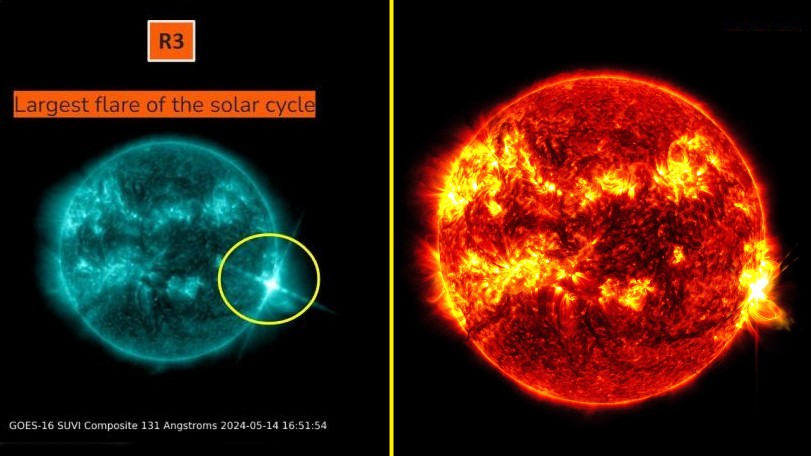Remote Sensing, Vol. 16, Pages 1253: Spectral-Spatial-Sensorial Attention Network with Controllable Factors for Hyperspectral Image Classification
Remote Sensing doi: 10.3390/rs16071253
Authors: Sheng Li Mingwei Wang Chong Cheng Xianjun Gao Zhiwei Ye Wei Liu
Hyperspectral image (HSI) classification aims to recognize categories of objects based on spectral–spatial features and has been used in a wide range of real-world application areas. Attention mechanisms are widely used in HSI classification for their ability to focus on important information in images automatically. However, due to the approximate spectral–spatial features in HSI, mainstream attention mechanisms are difficult to accurately distinguish the small difference, which limits the classification accuracy. To overcome this problem, a spectral–spatial-sensorial attention network (S3AN) with controllable factors is proposed to efficiently recognize different objects. Specifically, two controllable factors, dynamic exponential pooling (DE-Pooling) and adaptive convolution (Adapt-Conv), are designed to enlarge the difference in approximate features and enhance the attention weight interaction. Then, attention mechanisms with controllable factors are utilized to build the redundancy reduction module (RRM), feature learning module (FLM), and label prediction module (LPM) to process HSI spectral–spatial features. The RRM utilizes the spectral attention mechanism to select representative band combinations, and the FLM introduces the spatial attention mechanism to highlight important objects. Furthermore, the sensorial attention mechanism extracts location and category information in a pseudo label to guide the LPM for label prediction and avoid details from being ignored. Experimental results on three public HSI datasets show that the proposed method is able to accurately recognize different objects with an overall accuracy (OA) of 98.69%, 98.89%, and 97.56%, respectively.

 1 month ago
16
1 month ago
16


